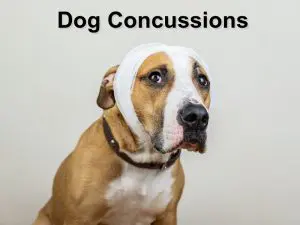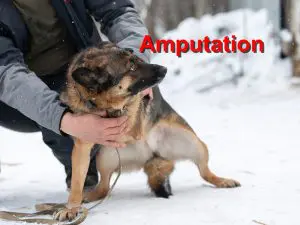What you need to know about Splenectomy, Risks Involved and Healing Process.
Splenectomy is the removal of the spleen due to injury or illness from your pet’s body. In most cases, the procedure is the last resort of treatment, after all, other methods of spleen repair have failed. Since the spleen is responsible for blood purification, chances are that it can cause severe bleeding if infected or damaged.
Causes Splenectomy
Most causes of spleen damage include tumors such as; lymphoma, sarcoma, cell tumor and canine splenic tumor. However, injuries caused by accidents such as falling from high places, car accidents and common household accidents end up causing the rapture of the spleen, hence leading to splenectomy. Additionally, some diseases such as anemia and thrombocytopenia incorporate the removal of the spleen as part of treatment.
Risks Involved
Just like any other form of treatment, splenectomy brings with it some risks that pet owners might have to consider. For instance, in some cases, pets have been reported to suffer cardiovascular failure after undergoing the basic anesthetic procedure. Consequently, the removal of the spleen makes your pet’s body weaker, hence they become more vulnerable to infections that might take a bit longer to heal.
The recovery Process.
In most cases, the healing process after splenectomy heavily depends on the primary causes of the situation. If the treatment of your pet is based on other health issues apart from injuries, then they will have to undergo frequent monitoring check-ups. Some pets develop infections which are treatable with the use of antibiotics while others experience slow healing. Once released from the hospital, the veterinarian should administer your pet with some pain relievers for later use. Consequently, it advisable to purchase an E-collar for your pet as an abdomen protection from stitch tearing. All the same, the good news is that your pet will be able to carry on with their daily lives after they are completely healed.





